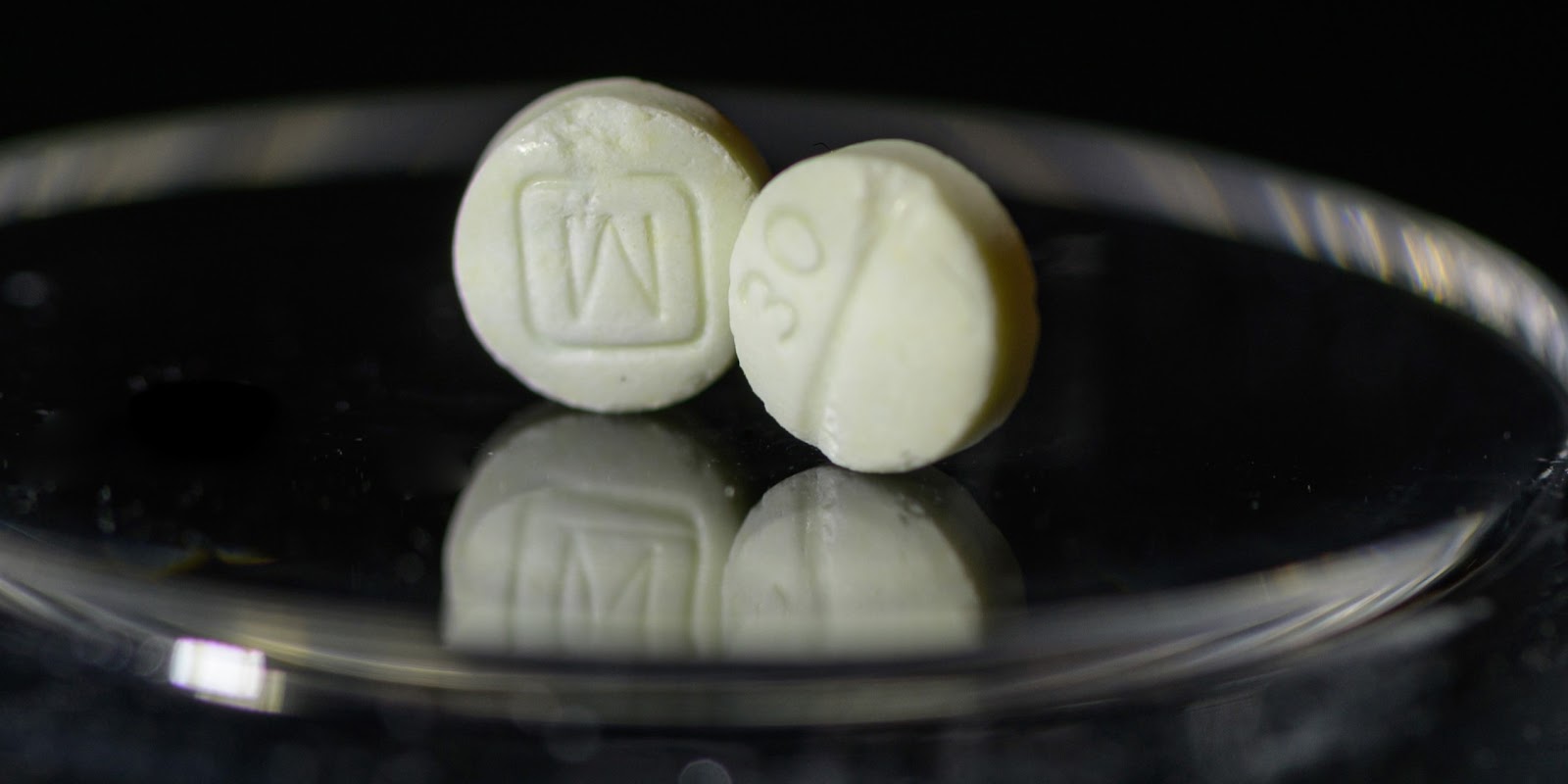What are the Methuselah microbes – or zombie viruses
Methuselah microbes, colloquially referred to as ancient giant viruses or zombie viruses, constitute a relatively recent discovery in the realm of virology. This group comprises large viruses, and their unique identification is closely tied to their existence in permafrost—the perennially frozen ground characteristic of the Arctic region. These viruses are unique in several ways:
- Their age: They are estimated to be tens of thousands of years old, some even potentially millions of years old, making them some of the oldest known organisms on Earth. This has earned them the nickname "Methuselah microbes" after the biblical figure Methuselah, who lived for 969 years.
- Their size: They are much larger than most known viruses, some being big enough to be seen under a light microscope. This is unusual, as viruses are typically much smaller and can only be seen with an electron microscope.
- Their ability to survive in harsh environments: They have been able to survive for millennia in the frozen permafrost, which is a testament to their resilience.
The enigmatic nature of Methuselah microbes continues to captivate the scientific community, prompting ongoing efforts to unravel the intricacies of their identity and functionality. The quest to comprehend these peculiar microorganisms is marked by divergent hypotheses within the scientific discourse. Some researchers posit the tantalizing possibility that Methuselah microbes represent an entirely novel category of viruses, distinct from any previously classified.
Concurrently, an alternative perspective suggests a potential evolutionary connection to established viral families, proposing that these microbes might be specialized descendants that have adeptly adapted to endure the formidable challenges posed by the harsh Arctic environment. This scientific exploration into the origins and characteristics of Methuselah microbes underscores the complexity of microbial life in extreme habitats and the continuous pursuit of knowledge in the ever-evolving field of virology.
Potential concerns:
There is some concern that the melting of permafrost due to climate change could release these ancient viruses, potentially leading to new outbreaks of disease. However, it is important to note that there is no evidence that Methuselah microbes are harmful to humans or other animals. In fact, some scientists believe that they may even be beneficial, as they could help to break down organic matter in the permafrost and release nutrients into the soil.
Research on Methuselah microbes is ongoing, and scientists are learning more about them all the time. As we learn more about these ancient viruses, we may be able to develop new ways to protect ourselves from them and even harness their potential benefits.
Here are some additional facts about Methuselah microbes:
- They were first discovered in 2005 by a team of French researchers.
- They have been found in permafrost samples from Siberia, Alaska, and Canada.
- Some Methuselah microbes are capable of infecting single-celled organisms called amoebas.
- It is not yet known whether Methuselah microbes can infect humans or other animals.










